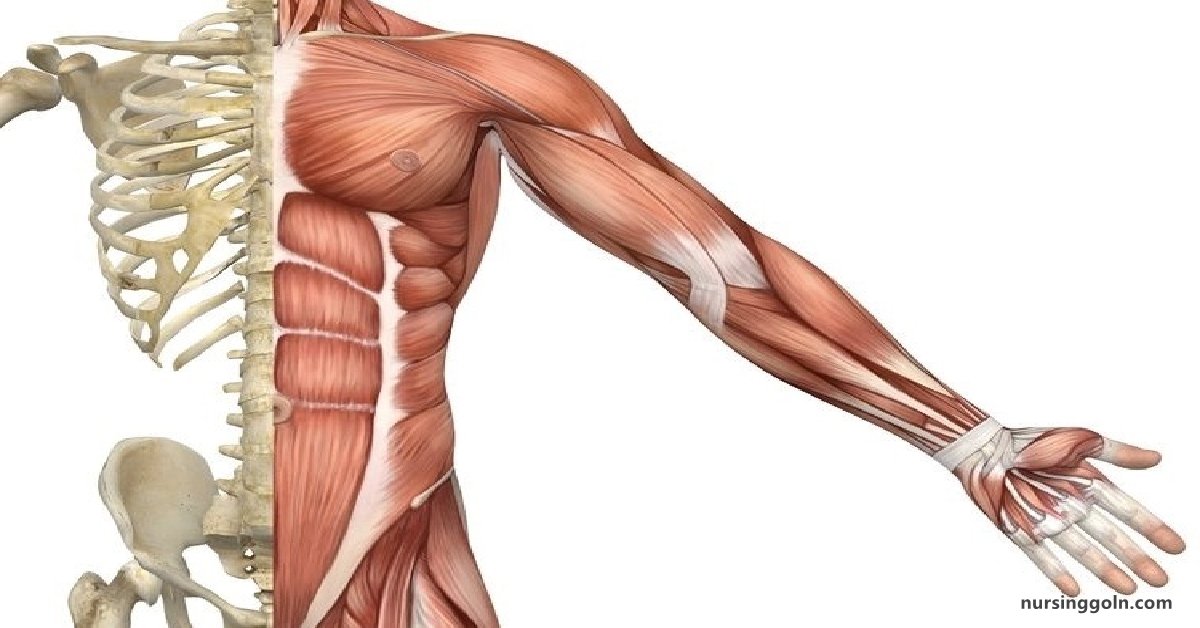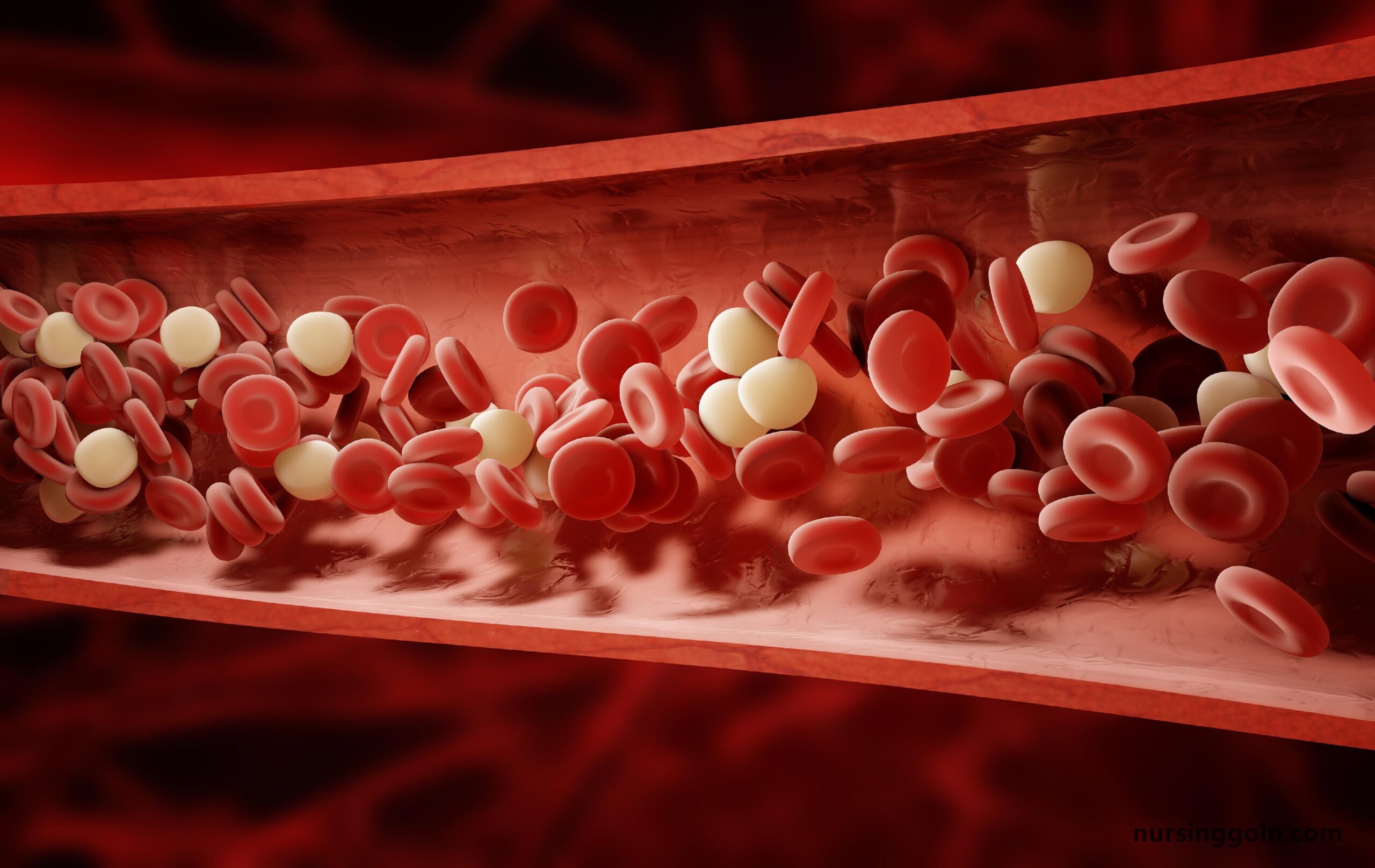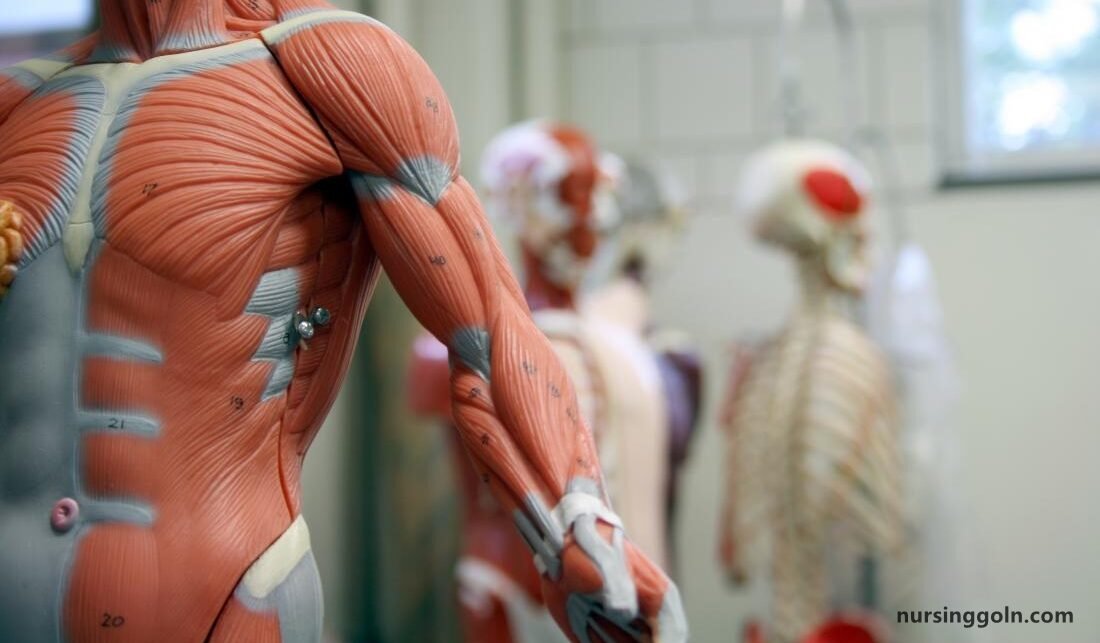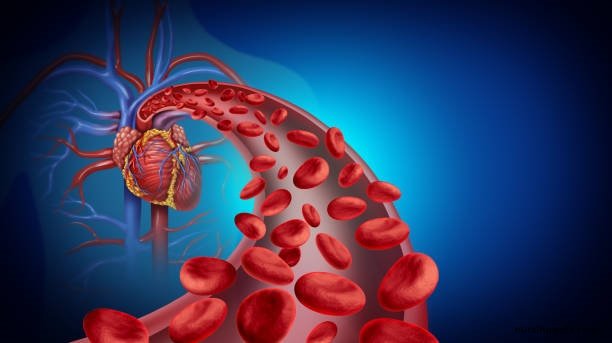Today our topic of discussion is ” Modifications in Respiratory Functions “. The respiratory system is a marvel of biological engineering, designed to perform the essential function of gas exchange. However, life’s journey has presented diverse challenges, leading to modifications in respiratory functions across species. This article explores the fascinating world of respiratory adaptations, from the primitive gills of fish to the advanced lungs of mammals, and how environmental factors have driven the evolution of these systems.
Modifications in Respiratory Functions : The Respiratory System

1. The Basic Principles of Respiration
Before delving into respiratory adaptations, it’s crucial to understand the fundamental principles of respiration. Respiration serves two primary functions:
- Ventilation: The process of moving air (or water in aquatic organisms) in and out of the respiratory structures.
- Gas Exchange: The actual transfer of oxygen (O2) from the respiratory medium into the bloodstream and the removal of carbon dioxide (CO2) from the bloodstream into the respiratory medium.
These principles form the foundation upon which all respiratory adaptations are built.

2. Evolution of Respiratory Structures
a. Respiratory Adaptations in Aquatic Organisms:
- Gills in Fish: Gills are the primary respiratory structures in fish. They are composed of thin filaments with a large surface area. As water flows over the gill filaments, oxygen diffuses into the bloodstream through the thin, moist gill membranes. Fish often exhibit a countercurrent exchange system to maximize oxygen uptake.
- Lungfish: Some fish, like lungfish, exhibit a remarkable adaptation to tolerate both aquatic and terrestrial environments. They possess primitive lungs in addition to gills, allowing them to breathe air when water conditions are unfavorable.

b. Transitional Adaptations:
- Amphibians: Amphibians, such as frogs and salamanders, undergo a metamorphosis from aquatic larvae to terrestrial adults. During this transition, their gills are replaced by lungs. However, many amphibians also respire through their skin, which is thin and permeable, facilitating gas exchange.
c. Respiratory Adaptations in Terrestrial Organisms:
- Lungs in Reptiles: Reptiles were among the first vertebrates to conquer the land completely. They possess efficient lungs with a set of adaptations, including a divided chamber (inspired by the structure of the reptilian heart) and a system of air sacs that facilitate both ventilation and gas exchange.
- Birds: Birds have some of the most efficient respiratory systems in the animal kingdom. They employ a unidirectional flow of air through a system of air sacs and lungs, allowing for continuous and efficient gas exchange, even during both inhalation and exhalation. This adaptation enables them to meet the high oxygen demands of flight.

3. Human Respiratory System: An Evolutionary Perspective
In humans, the respiratory system showcases a unique adaptation that allowed for life on land. The development of lungs, complete with a system of alveoli (tiny air sacs), enables efficient oxygen uptake and carbon dioxide removal. The diaphragm, a muscular structure, helps create negative pressure within the thoracic cavity, drawing air into the lungs during inhalation.

4. Respiratory Adaptations in Extreme Environments
a. High-Altitude Adaptations:
- Hyperventilation: At high altitudes, where the oxygen concentration is lower, humans tend to hyperventilate, breathing faster and deeper to compensate for the reduced partial pressure of oxygen.
- Polycythemia: Long-term exposure to high altitudes can trigger the body to produce more red blood cells, enhancing its capacity to transport oxygen.
- Increased Lung Volume: Some high-altitude populations have been found to have larger lung volumes, facilitating more efficient oxygen extraction.
b. Aquatic Mammals:
- Blubber: Marine mammals, like whales and seals, have adapted to life in cold water by developing a thick layer of blubber under their skin. This blubber provides insulation, conserving body heat and allowing them to withstand frigid temperatures.
- Diving Reflex: Many aquatic mammals possess a diving reflex, which slows their heart rate and restricts blood flow to certain body parts when submerged. This adaptation helps conserve oxygen during deep dives.
c. Desert Adaptations:
- Camels: Camels are well-adapted to desert environments. They have specialized nasal passages that help cool and humidify the inhaled air. They can also tolerate high body temperatures and extreme dehydration without compromising their health.
- Kangaroo Rats: These rodents inhabit arid environments and have highly efficient kidneys, allowing them to produce concentrated urine and reduce water loss.

5. Respiratory Adaptations in Extreme Cold:
- Hibernation: Some animals, like bears and ground squirrels, undergo hibernation during the winter. Their metabolic rate significantly drops, and their respiratory rate decreases, allowing them to conserve energy and reduce the demand for oxygen.

6. Adaptations in Unique Habitats:
- Bats: Bats, the only mammals capable of sustained flight, have undergone adaptations that allow them to efficiently utilize oxygen. Their respiratory and circulatory systems are highly efficient, supporting the high metabolic demands of flight.
- Arachnids: Some arachnids, like spiders, do not have lungs but instead respire through book lungs, tracheae, or spiracles, which are openings in the exoskeleton. These adaptations enable them to respire while conserving water.

7. Challenges Posed by Pollution and Climate Change
While organisms have adapted to various environments and challenges, human-induced factors like pollution and climate change pose new threats to respiratory adaptations. Air pollution, for instance, can disrupt the respiratory systems of both humans and wildlife. Additionally, climate change can alter habitats and ecosystems, potentially affecting the availability of oxygen and altering respiratory adaptations.

8. Future of Respiratory Adaptations
As the world continues to evolve, species will continue to adapt to changing environmental conditions. This may involve further modifications in respiratory systems, whether through genetic adaptations or behavioral changes.

The respiratory system is a testament to the diverse and remarkable adaptations life on Earth has undergone to meet the ever-changing challenges of different environments. From the gills of fish to the lungs of mammals, the diversity of respiratory structures and mechanisms is a testament to the ingenuity of nature. As we explore the science of respiratory adaptations, we gain a deeper appreciation for the beauty and complexity of life’s diversity and its ability to overcome environmental challenges.
